Summarise Teaching Resources
Teach students to summarise fiction and non-fiction texts with printable worksheets, graphic organisers, anchor charts, digital activities and more teaching resources created for your primary classroom.
Designed by teachers, for teachers, the resources in this collection are aligned with the Australian English curriculum. Each resource has undergone a careful review by a member of our expert teaching team to ensure they help students build foundational literacy skills.
You'll find editable versions to easily differentiate your instruction for individual students, plus a variety of options to make lesson planning easier this school year so your students will be able to identify the main idea of a text, draw inferences, remember key details and more.
New to teaching this portion of the English curriculum or just looking for fresh and engaging ways to teach students how to summarise paragraphs and articles? Read on for a primer from our teacher team!
What Is Summarising? A Kid-Friendly Definition
Summarising is an important reading comprehension strategy for kids to learn, but are you looking for ways to explain what it means to summarise your class? Try this kid-friendly summarising definition!
Summarising is a way that we retell the main idea and key details from a story in our own words. When we summarise, we are able to share a large amount of information from a paragraph or article in a shorter version.
Why Is Summarising Important?
Learning to identify the main idea and key details in a text helps young readers better understand what they have read and retain the information more effectively.
From there, summarising helps students develop their writing skills, requiring them to synthesise the information they've learned and present it clearly and concisely in summary form.
Teaching Students How to Summarise
Before students learn to summarise, they typically learn to retell a story — recalling and describing the key events and details of a story in the order they occur. Summarising is related to retelling, but it's a more nuanced and advanced skill that kids develop later in primary school.

To summarise, students need to learn to choose details carefully rather than describing the story or paragraph in full. They need to condense just the most important information from the story into a brief overview or synopsis called a summary.
They also have to select and prioritise information to present it concisely in a way that makes sense to the reader.
When summarising a paragraph, students may complete one or more of the following:
- Recount the text in their own words
- Identify the main idea, topic or purpose
- List key words or phrases
- Identify structural elements of the genre
What Is SWBST? The Handy Acronym Explained
Using the SWBST process can help students create their summaries and serves as a great mnemonic when teaching reading comprehension. The steps in the SWBST process are:
- Somebody
- Wanted
- But
- So
- Then
Using these words, students can break down a paragraph or story into its key elements, working through the main character (somebody), the what (what they wanted), the conflict (but), what happened as a result of the conflict (the so) and wrapping up with the conclusion (then).
- Plus Plan
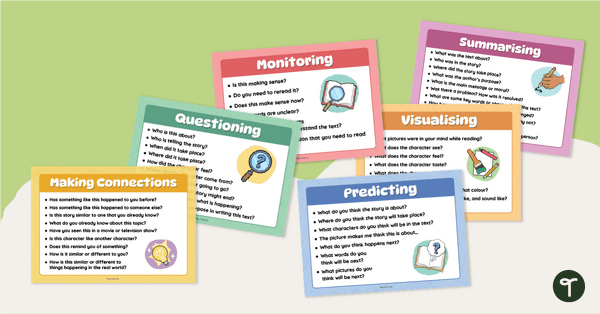
Reading Comprehension Question Stems - Super Six Reading Strategies
Enhance instruction on the six reading comprehension strategies with our printable Reading Comprehension Question Stems Chart Pack.
- Plus Plan
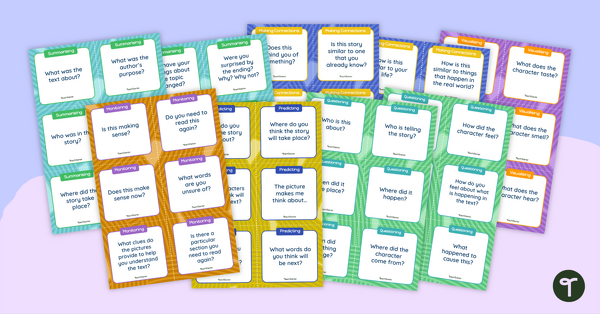
Super Six Reading Comprehension Question Cards
Help students with six different comprehension skills with this set of super 6 comprehension task cards and mats.
- Plus Plan
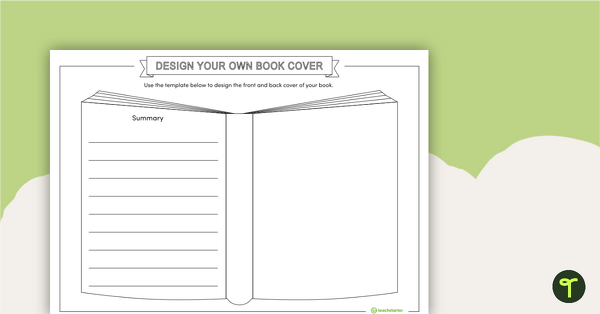
Design Your Own Book Cover Template
Design a new book cover and summarise a book using this one-page, printable template.
- Plus Plan
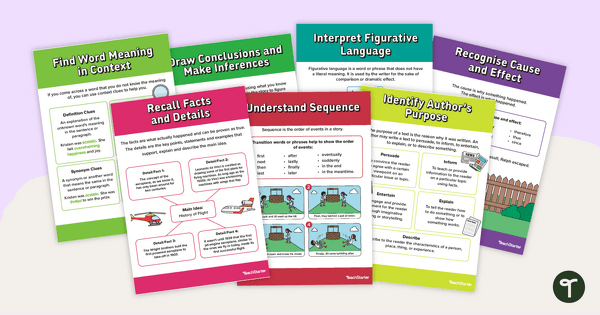
Reading Comprehension Strategies Anchor Charts
Provide young readers with concrete examples of reading strategies with a set of 18 ready-made reading comprehension strategy anchor charts.
- Plus Plan
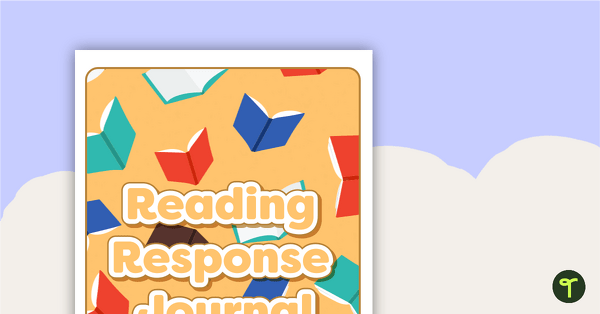
Reading Response Journal – Comprehension Templates
A journal with comprehension sheets designed for students to study texts.
- Plus Plan
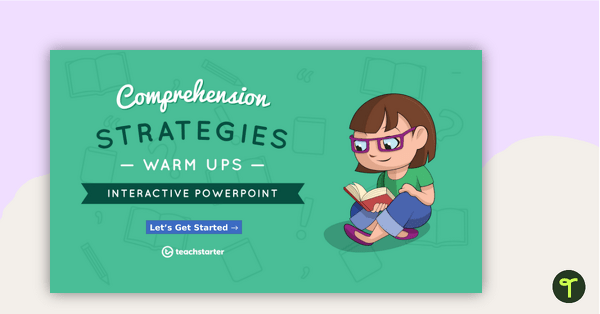
Comprehension Strategies - Interactive PowerPoint
An engaging 48 slide interactive PowerPoint to use in the classroom when developing comprehension strategies.
- Plus Plan
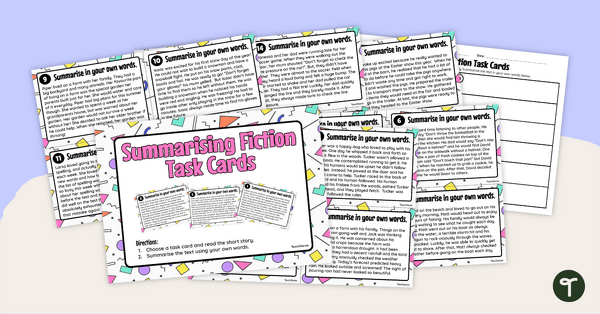
Summarising Fiction Task Cards
Guide students along their summarising journey with this set of Fiction texts on task cards for students to summarise.
- Plus Plan
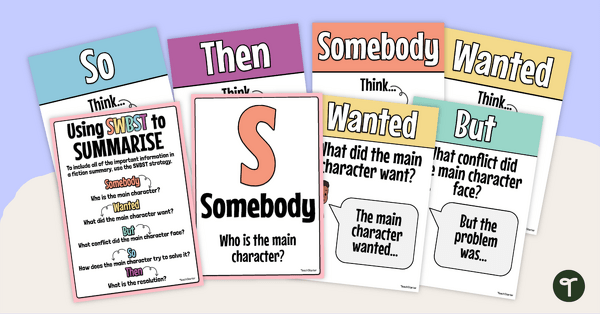
Summarising Fiction Poster Set
Help students remember what to include in a summary of a fiction text with this easy to use SWBST acronym.
- Plus Plan
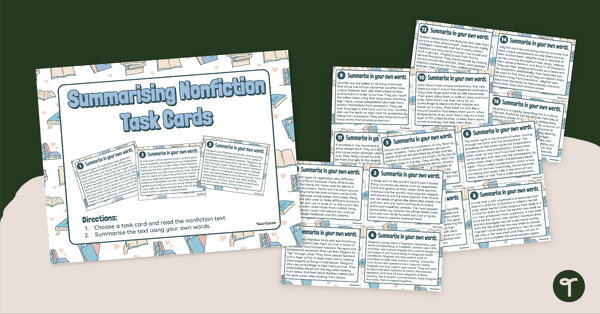
Summarising Nonfiction Task Cards
Guide students along their summarising journey with this set of Non-Fiction texts on task cards for students to summarise.
- Plus Plan
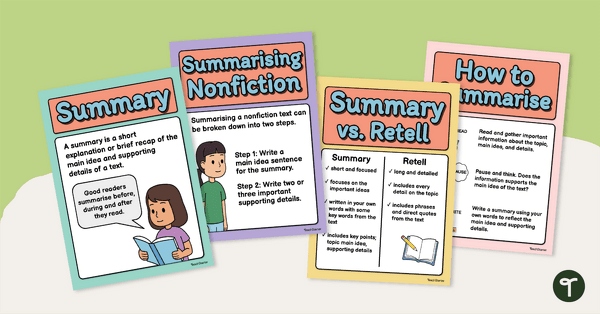
Summarising Poster Set
Learn about how to effectively summarise a piece of text with this classroom poster set.
- Plus Plan
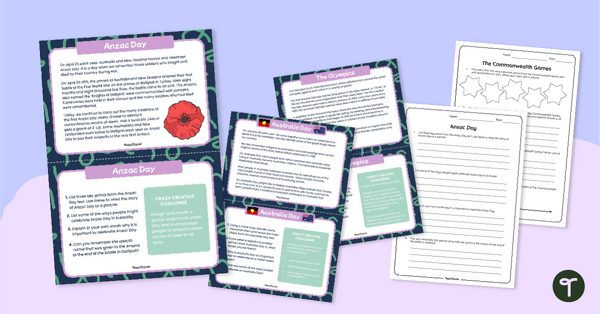
Comprehension Task Cards Summarising
Practise summarising text with these relevant events-based texts.
- Plus Plan

How to Summarise Fiction Mini Book
Explore the important factors of summarising a fiction text with this student mini-book.
- Plus Plan
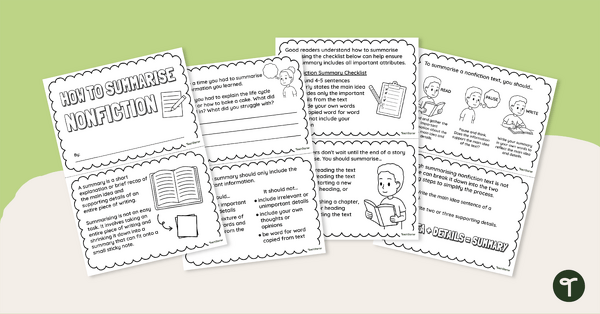
How to Summarise Nonfiction Mini Book
Explore the elements needed for a good summary of nonfiction texts with this How to Summarise Nonfiction mini-book.
- Plus Plan
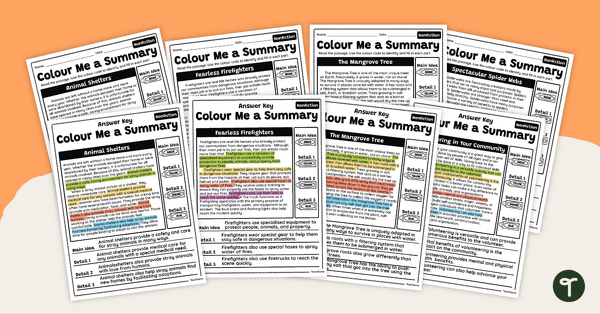
Colour-Coding Summarising Nonfiction Text Worksheets
Practise summarising small nonfiction texts with this fun colour-coding set of worksheets.
- Plus Plan
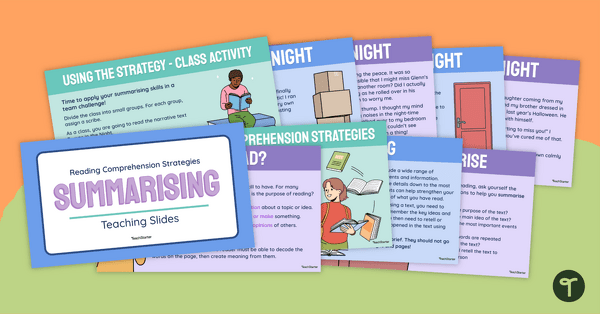
Summarising Teaching Slides
Teach students all about summarising with 15 teaching slides of summarising goodness.
- Plus Plan
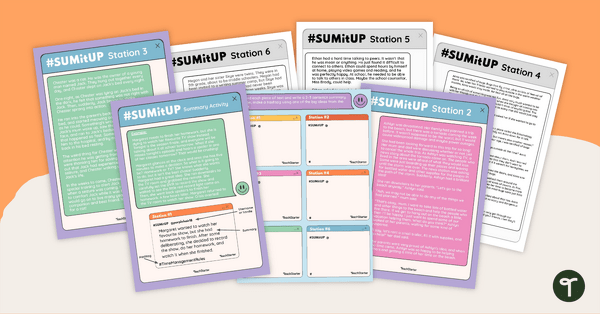
#SUMitUP Summarising Activity
Summarise fictional text through this whole-class station activity.
- Plus Plan
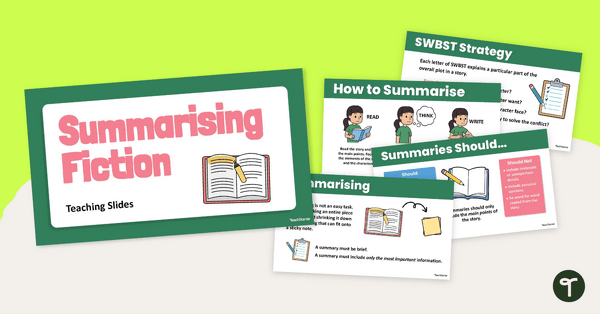
Summarising Fiction Texts Teaching Slides
Build summarising skills with fiction texts using these teaching slides.
- Plus Plan
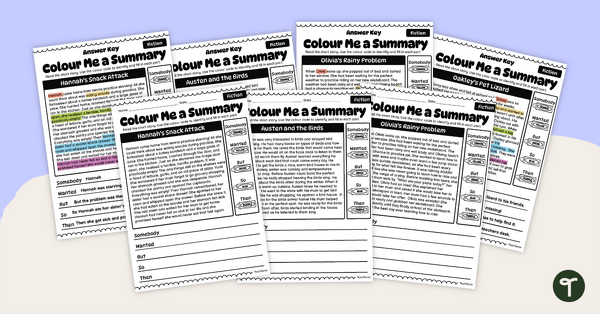
Colour-Coding Summarising Fiction Text Worksheets
Practise summarising small fiction texts with this fun colour-coding set of worksheets.
- Plus Plan
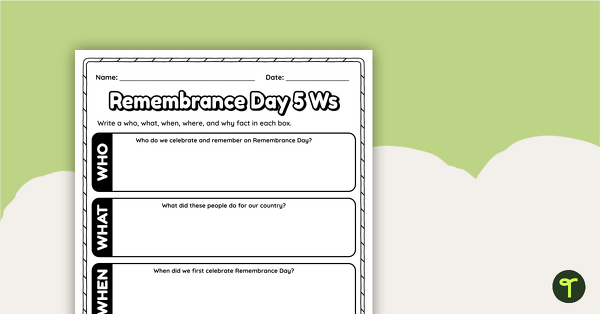
Remembrance Day Worksheet - 5 Ws Summary
Uncover the history and reason for commemorating Remembrance Day with a 5 Ws graphic organiser.
- Plus Plan
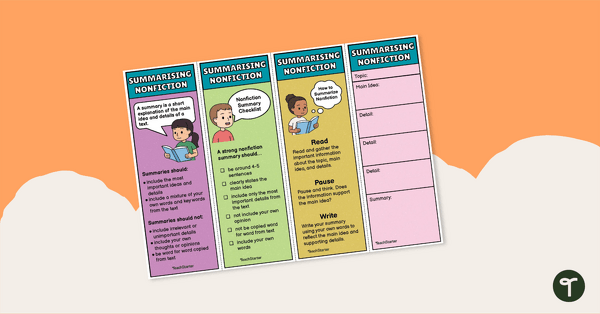
Summarising Nonfiction Bookmarks
Learn about how to summarise nonfiction texts with these printable bookmarks.
- Plus Plan
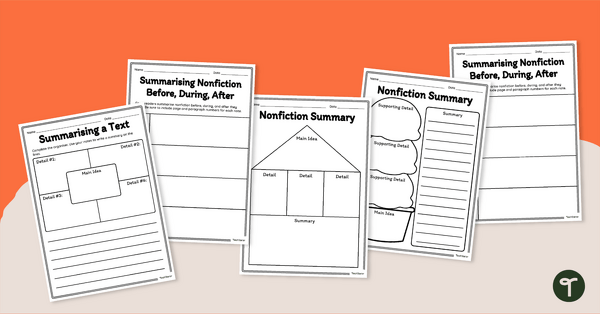
Summarising Nonfiction Graphic Organiser Pack
Help students summarise nonfiction texts with this set of graphic organisers.
- Free Plan

Nonfiction Summary Checklist
Give your students a checklist when summarising nonfiction texts to make sure they include everything required.
- Plus Plan
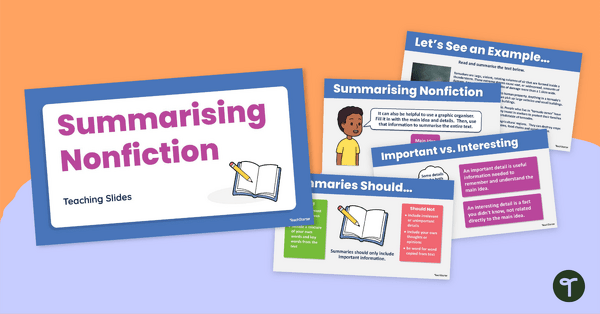
Summarising Nonfiction Teaching Slides
Build summarising skills with nonfiction texts using these teaching slides.
- Plus Plan
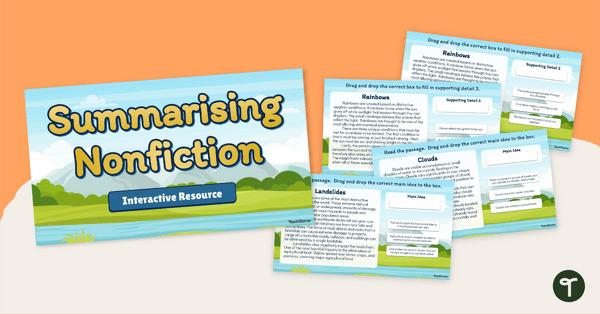
Summarising Nonfiction Interactive Activity
Help your students easily summarise nonfiction texts with this interactive activity.
- Plus Plan
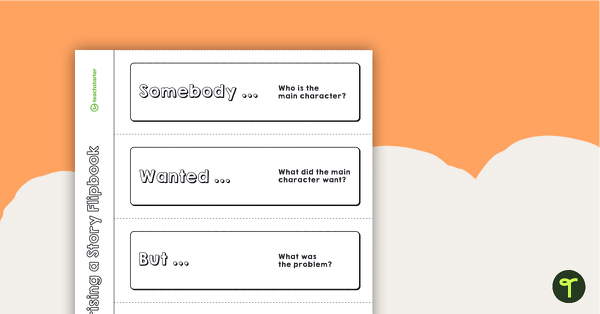
Summarising a Story Flipbook
A template for students to use when summarising a story.
- Plus Plan
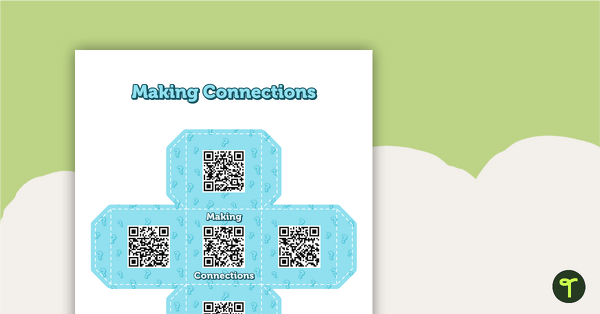
QR Code Super Six Comprehension Question Cubes
A set of QR code question cubes to use when working with the Super Six reading comprehension strategies.
- Plus Plan
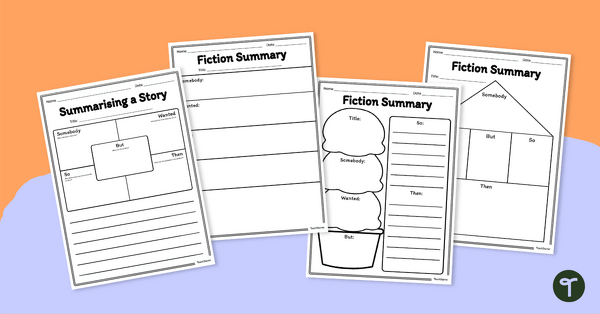
Summarising a Story Graphic Organisers
Use these graphic organisers to help students when summarising a story.
- Plus Plan
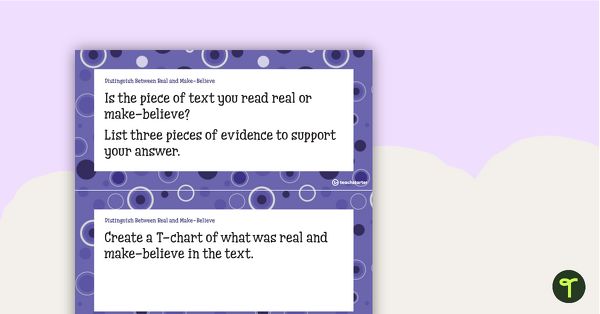
120 Comprehension Strategy Question Cards
A set of 120 open-ended question cards to help students apply comprehension strategies when reading.
- Plus Plan
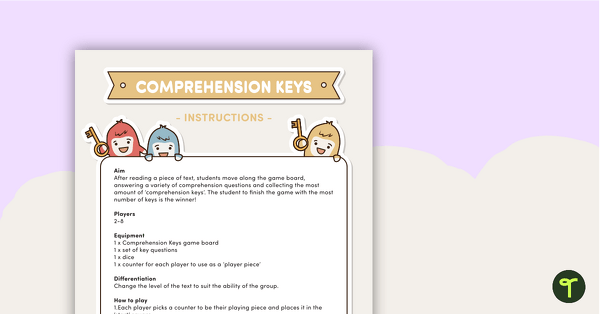
Comprehension Keys Board Game
A fun comprehension strategy board game for students to play during literacy rotations.
- Plus Plan
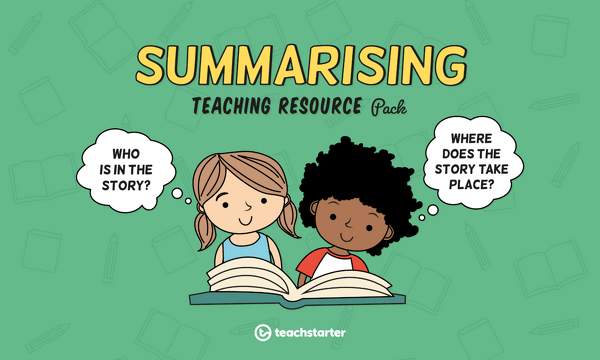
Comprehension Strategy Teaching Resource Pack - Summarising
An extensive resource pack to help students understand the concept of summarising.
- Plus Plan
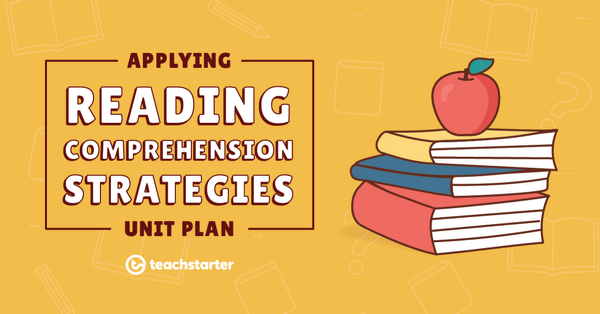
Summarising
A 60 minute lesson in which students will learn and apply the reading comprehension strategy of summarising.
- Plus Plan
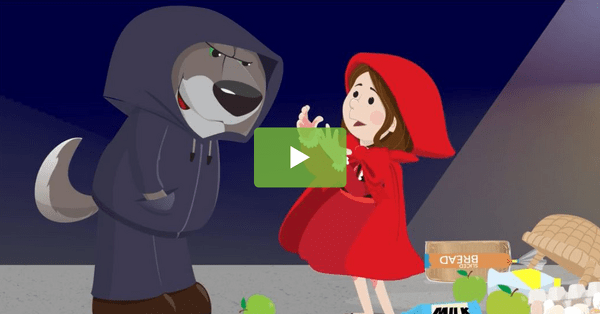
Little Red Riding Hood Story Video
Introduce a fresh version of the Little Red Riding Hood story to your students with this animated video perfect for younger students.